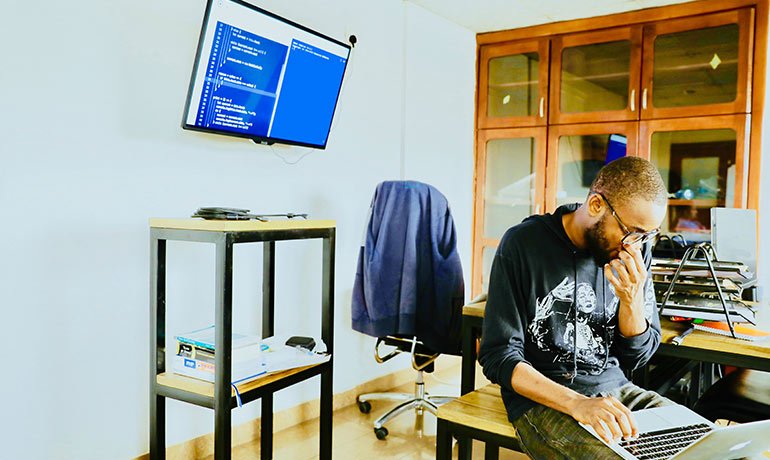
Client: USAA Bank
Role: Senior UX Designer
Timeline: November 2024 – Present
Tools: Figma, FigJam, UserZoom
Team: Enterprise Design, Product Owner, Business Partners
The Financial Wellness Zone is a new feature within USAA’s digital banking experience designed to help members build financial confidence and literacy.
By introducing data visualizations — such as Balance Over Time and Spending Over Time charts — we aimed to give members a clear, engaging view of their financial patterns and progress.
This initiative not only empowers members but also serves as a foundation for future financial health tools within the USAA ecosystem.
USAA’s existing Account Summary page provided raw numbers but no visual insights.
Members had no way to:
Additionally, USAA’s design system lacked data visualization components, making it difficult to build and scale such experiences consistently across the platform.
Our challenge was to design an intuitive, compliant, and scalable solution that met both member needs and business goals — while aligning with Enterprise Design and the Reveille Design System.
Our users were USAA members — service members, veterans, and their families who seek clarity and control over their financial lives.
They value trust, transparency, and simplicity, and they expect tools that respect their time while helping them make informed decisions.
We used a combination of qualitative and quantitative methods to guide our direction:
Our approach centered around simplicity, scalability, and visual storytelling.
We collaborated closely with:
We also followed USAA’s Foundation Review process, requiring deliverables like:
This ensured every decision was compliant, traceable, and backed by user research.
We used FigJam for early brainstorming and cross-functional alignment. Each workshop focused on how to visualize financial trends effectively within limited screen real estate.
Key explorations included:
We followed an iterative design process with multiple feedback loops.
The biggest challenge was alignment — across design, business, and system teams.
Each iteration required negotiation between immediate product needs and the larger strategic vision for USAA’s design ecosystem.
Early UserZoom tests revealed that members:
Internally, this project became a catalyst for establishing data visualization standards within the Reveille Design System — paving the way for future experiences focused on financial health.
This project reminded me of the power of data when it’s made human. Through collaboration, research, and strategic design, we transformed abstract financial numbers into a clear story that empowers members to take control of their financial journey.
“Design isn’t just about aesthetics — it’s about giving people clarity, confidence, and control.”